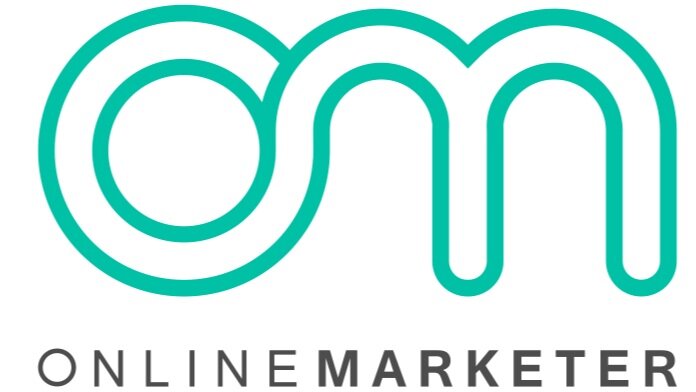3 Pillars of a Healthy E-Commerce Marketing
E-Commerce is a vast world full of opportunities and difficulties. However, the majority of the time, what determines success is not only the product itself but also how hard you work to market it. There may a product that has a high demand but it may not be convenient to buy online; while there can be products with an intermediate demand that make a fortune for e-commerce companies that know how to leverage their marketing plans.
There a number of basic marketing tactics and rules you can implement from the inception of your idea; however, we will discuss just three integral aspects of healthy e-commerce digital marketing that can improve your bottom line.
The second most important factor (the first being your product) is how you pitch the product through digital marketing. This brief article will help you create and revise your digital marketing strategy to successfully run an e-commerce business based on the following three pillars of healthy e-commerce digital marketing.
#1 Online Advertising
Although advertising may seem like an expensive way to market your store, it is still one of the most effective ways to boost brand awareness and get an immediate return.
The best practice is to choose a paid channel that best suits your business based on what your product is. One of the most effective ways to market your products is to use Shopping Ads by Google and Dynamic Product Ads by Facebook.
Before starting your campaign, you can plan for your end goal by creating a detailed strategy with projected budget and outcomes. You should know about your financial variables, including product margins, acceptable maximum cost per acquisition, estimated cost-per-click (CPC), and expected return on advertising spend (ROAS).
The best way to get the most from your advertising campaign is to use all the data you managed to collect including web cookies, email database, and audience interests to continually boost your campaign.
#2 Data Collection and Analysis
Most of the time when people are taking their first E-commerce baby steps they don’t quite realize the importance of the data collection for the future. So when the time comes to use their own data to increase the traffic, the relevance of ads, and conversion rates, that’s when they see that they need to start collecting info from scratch and it can take longer than was originally necessary to accomplish.
Installing all essential scripts, email collection storage, categorization database, and analytics accounts are vital to start collecting the precious data from the very beginning of your digital marketing journey.
Here are some examples of many types of data you will need in future:
Remarketing data for ads
Email database for email marketing and advertising
Collect performance data clearly showing all necessary metrics and numbers
By collecting and analyzing the relevant data you should be able to have an answer to the following three questions: Why did potential customers visit my website? Did they accomplish the desired action or not? If not, why not and what should I do about that?
#3 Continuous User Experience Improvement
User experience is one of the most critical factors influencing customer satisfaction. With the lightning speed of the developing e-commerce world, people expect more and more in terms of online experience. Today, customers are not patient with slow pages, bad design, surplus information, or unattractive offers.
Checkout
Obviously, the most important part of your e-commerce website is the checkout. This is where people make the most important decision of their online shopping. If there is anything annoying, confusing or missing in your checkout funnel, it’s going to impact your sales negatively.
Here are some good practice checkout rules to follow:
Make the checkout process as simple as possible.
Make all product prices consistent both on the product page and the checkout page. If taxes or shipping costs apply to the product, make sure to give a clear explanation for each. According to data collected and analyzed by Statista as of 4th quarter of 2016 86% of shoppers leave the cart because of shipping costs.
Don’t add new offers in the checkout funnel. You can include the products when the customer checks the cart; however, you don’t want to do it in the checkout funnel.
Clearly, display all payment methods and security icons.
Always give an option of a guest checkout.
Communication
It’s very important to communicate all the updates, changes and charges related to customers’ accounts. Keep in mind that they have multiple accounts on different websites and those websites compete by providing the best user experience possible. So, your email communication must be impeccable. Here are the two types of info that are vital to the customer to reinforce faith in your business’s delivery:
Purchase confirmation including product info, the amount billed and address of delivery
Additional email stating shipping times/dates, tracking codes and estimated delivery time.
Product Titles, Descriptions and Reviews
Each product must provide maximum information to the customer. Everyone wants to make sure that the product matches the criteria they are looking for. There are two factors that impact user experience: on-site browsing and searching via search engines.
Before customers see the relevant info on your website’s pages, they search for it on search engines using specific keywords that (you hope) will bring them to your page. So it’s important to cultivate good content because having a poor title, description, images (alt tags) and reviews will result in poor ranking and low traffic from organic sources. At some point, it also will have an impact on your shopping and dynamic retargeting ads.
So what?
To make your digital marketing efforts as successful as possible, build and use these pillars without forgetting other channels. Make sure you understand the whole process of the customer journey and try to make it perfect by capitalizing on these three pillars. All you need is qualified traffic, precise measurement and analysis, and continuous user experience improvement.


